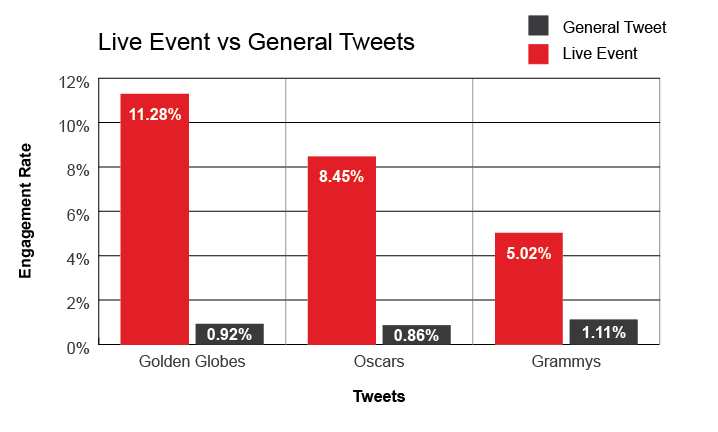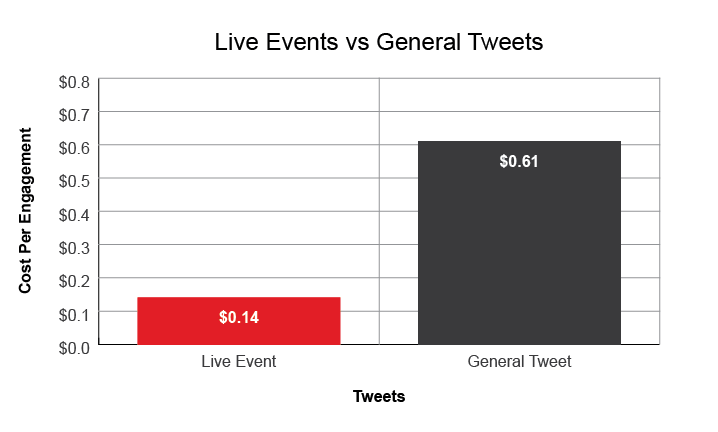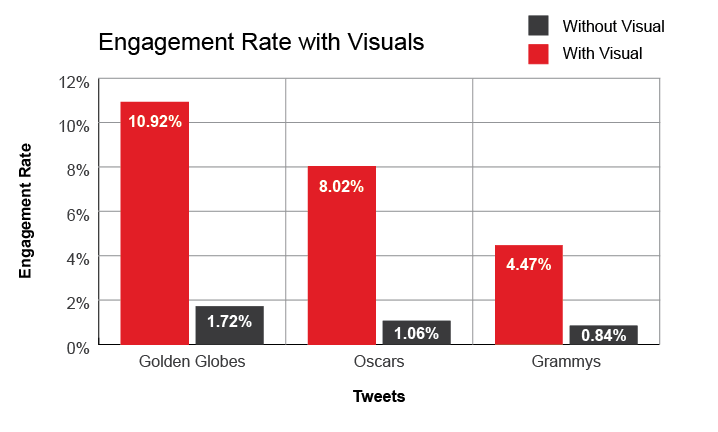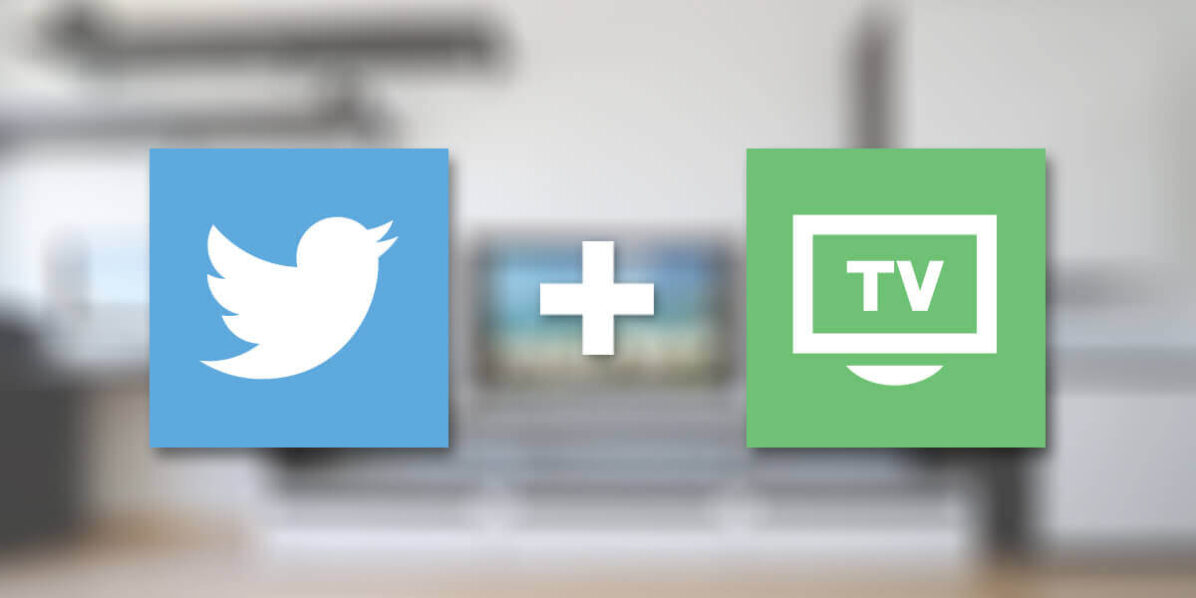Twitter is the web’s most powerful conversation engine — a hub for up-to-date news, event details, and even crisis management.
It’s estimated that Twitter delivers more than 500 million tweets per day across over 240 million monthly active users. The level and scale of communication is massive.
Real-time architecture is foundational to Twitter’s user experience.
“The time between a Tweet being created and having it available for users to see and interact with in the product is measured in tenths of a second,” explains a recent SEC report. “In general, the latency between two events occurring in our infrastructure is measured in millisecond increments.”
This framework provides a significant opportunity to advertisers who are looking to become a part of Twitter’s many conversations. There is a significant opportunity for brands to engage with their target consumers in real-time.
Twitter Meets Television
Some of the most influential Twitter conversations revolve around media and television.
According to a recent article from PC Magazine, 80% of TV viewers who have a tablet or smartphone access a second screen while watching TV, and two-thirds of this 80% are engaging around something having to do with what they watch — 40% in real-time.
Twitter is the platform that connects these two media ‘worlds’ together — creating a cost effective advertising solution for brands to connect with audiences.
What happens when a major consumer brand takes its brand-building strategy to the smaller screen, via Twitter?
AdParlor sought to answer this key question.
The Small Screen Meets Hollywood: AdParlor’s Methodology
AdParlor recently worked with a beauty brand to run Promoted Tweets campaigns during three major events — The Golden Globes, Grammys, and Oscars. Here were the details:
- We ran standard promoted tweets in the 1-2 days leading up to the events, which all fell on a Sunday.
- Hours before (and during) the event, we created event-specific tweets based on Red Carpet events and celebrity outfits — two key topics that were trending on Twitter during these three events.
- On average, the advertiser promoted a new tweet every 20-30 minutes and during key moments of each event.
- Campaign goals were to encourage favorites, retweets, and to send audiences to the advertiser’s microsite.
Here’s what we learned:
Live event tweets generated 12x higher engagement than the standard tweets from the days prior.

Cost per engagement was significantly lower during live events than general tweets from the days prior.

Learnings: a Deep Dive
Select consumer brands — that already advertise on TV — can find an additional opportunity to reach their targeted audiences on Twitter.
What’s important to keep in mind, however, is that there is no one-size-fits-all strategy. It makes sense for a beauty brand, for instance, to advertise on Twitter during a real-time event.
Similarly, sporting events can provide a significant lift for brands that are already advertising during these programs (i.e. alcohol brands, mobile providers, and car companies).
There are some key best practices that are important to keep in mind:
- Stay Nimble. Craft and promote your tweets around key moments of a live televised event for a boost in performance. Tailor tweets to what’s actually happening in real-time — for instance, a shout-out to a winning goal during a sporting event, mention of a celebrity during a red carpet event, or mention of a live, televised performance.
- Be relevant. Use Television as an aid to help discover trending topics around live events to ensure that tweets are relevant to your audience.
- Be visually compelling. It’s a known fact that those tweets which contain visuals within the copy on average produce better engagement rates. Incorporate visuals to increase the likelihood of users engaging with your tweet. Here is how visuals impacted engagement during the three events:

Visuals also decreased cost per engagement during the live events:

- Leverage mobile placements. About 76% of Twitter users are mobile-exclusive. Ads shown on mobile placements tend to have significantly larger engagement rates than the desktop/computers placements. Taking advantage of mobile placement is critical to the success of your promoted tweet.
- Give users a reason to interact with your tweet. Add a specific, tangible call to action (CTA) with each promoted tweet to help guide audiences towards a desired goal. Examples include asking audiences to check out a photo or link, requesting re-tweets, asking audiences to follow your brand, or asking for replies. Don’t leave your audiences hanging — be clear about what you want.
Final Thoughts: Join the Conversation
The best way to target your live tweets will be to focus on the event itself. Use event-specific hashtags, related accounts and keywords, and names of celebrities who are part of the event.
Keep targeting, evolving, and refining your tweet copy in real-time (which means that you’ll need a real person on the other side of the computer screen). Be nimble, listen to what’s going on, and align with your target audiences.
